|
Did you know that floods account for most of today’s weather-related natural disasters? They have affected 2.3 billion between 1995 and 2015, with a vast majority of those affected living in Asia alone. As the annual average number of floods increases drastically over recent years, do you know how to stay safe during a flood?
What causes floods?
Floods occur for a myriad of reasons: as the world's climate changes, we are seeing a rise in weather-related floods; but some major flood disasters are also caused by man made human error. We'll talk about that later!
By comparison, excessive and intense rainfall over a short period of time is a very common cause of today’s dangerous flash floods. Extreme rains cause the drainage system to be unable to keep up with the rate of rainfall. The situation is further exacerbated when the afflicted area has a river flowing through it, as the rainfall can cause the river to overflow into surrounding communities. Landscapes that have been changed through deforestation have less of a natural barrier to slow floods and protect communities.
With global precipitation in an upward trend, it's likely that we'll see an increasing number of floods as well.
What is most unfortunate is that the dam failures caused by a lack of funding for upkeep and maintenance are completely preventable. The video above from The Guardian captures the immense scale of a flash flood resulting from a dam failure in Brazil.
Dangers of Flood Water
Flash flooding is the most dangerous type of flooding as it’s unpredictable and involves fast moving water. With the increasing frequency of extreme weather events, we can expect an increase in the frequency of flash floods around the world. Furthermore, floodwater is usually underestimated by people, without knowing that it only requires 15 centimetres of water to sweep a person off their feet.
Aside from the immediate dangers of flash flooding, floodwater in general is a dangerous entity on its own as it’s usually contaminated with sewage and carries physical debris that can cause trauma upon being struck. Preparing for a flood
If you happen to live in an area that’s at risk of flooding, the following are some measures you can take to prepare if a flood is imminent
What to do during a flood
Although they are not the deadliest type of natural disaster, floods occur at a high frequency and have the potential to displace a large number of people, especially among the lower-income regions. As countries develop economically, they’re better able to deal with the human cost of floods through better infrastructure and flood response networks.
However, economic progress and building of infrastructure takes time and the people currently living in these flood-prone regions do not have that luxury of time. Until these improvements come, education on flood preparation and response plays an important role in saving lives.
Think you might be affected by a flood?
Fill in the contact form below to find out more about the water filtration solutions we offer for flood relief!
Give clean water to a child in need!
Your contribution will support our efforts to provide a clean, safe and stable supply of drinking water for those who need it most in the world. Will you join us on our journey to end prolonged thirst? Please select the drop-down for other quantities
*Please refer below for terms and conditions
You can also sign up for our newsletter by filling out the form below.
Sign up for our newsletter!
 
Blog Author: Jien Wei Tan
Chief Editor: Michelle Falcone
5 Comments
|
Want more?Click below to see what other blog topics might peak your interest



Social Awareness Blog Archives
August 2022
|
- About Us
- Products
- Solutions
- Resources
- Get Involved
-
Blog
- The Global Water Situation
-
Facts about Water
>
- Water supplies for crisis
- WaSH During Emergencies
- Well Water Cleaning and Filtration Guide: Southeast Asia
- Gravity-fed Water Systems: Water Purification and Filtration setups in Southeast Asia
- A Guide to Rural Rainwater Harvesting and Filtering
- Water Shortages and Their Effect on Children in Rural Schools
- WaSH Planning and Design Framework Resources for Indonesia and the Philippines
- Rural Community Water Supply: Water Systems in Villages
- Info on our Products
- Impact Stories
- Upcoming & Past Events
- Contact
- Store
- About Us
- Products
- Solutions
- Resources
- Get Involved
-
Blog
- The Global Water Situation
-
Facts about Water
>
- Water supplies for crisis
- WaSH During Emergencies
- Well Water Cleaning and Filtration Guide: Southeast Asia
- Gravity-fed Water Systems: Water Purification and Filtration setups in Southeast Asia
- A Guide to Rural Rainwater Harvesting and Filtering
- Water Shortages and Their Effect on Children in Rural Schools
- WaSH Planning and Design Framework Resources for Indonesia and the Philippines
- Rural Community Water Supply: Water Systems in Villages
- Info on our Products
- Impact Stories
- Upcoming & Past Events
- Contact
- Store

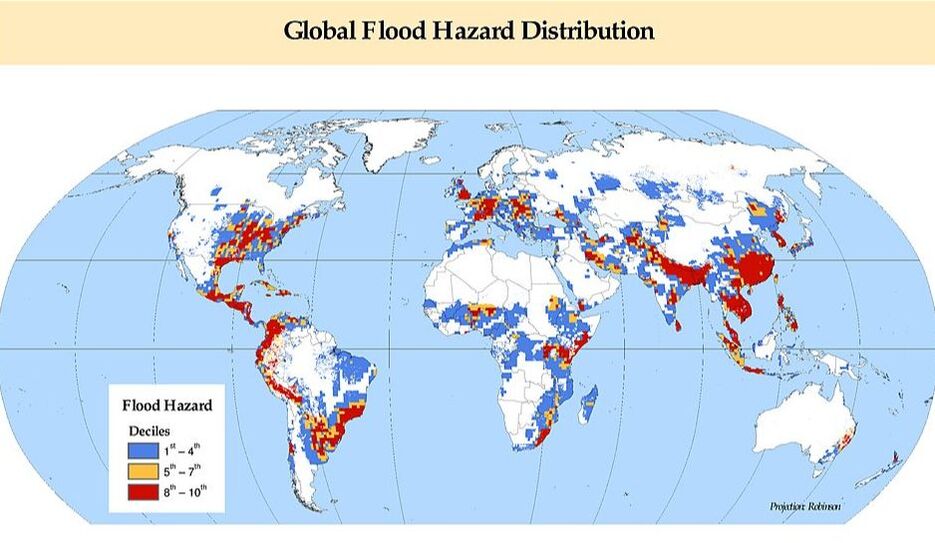
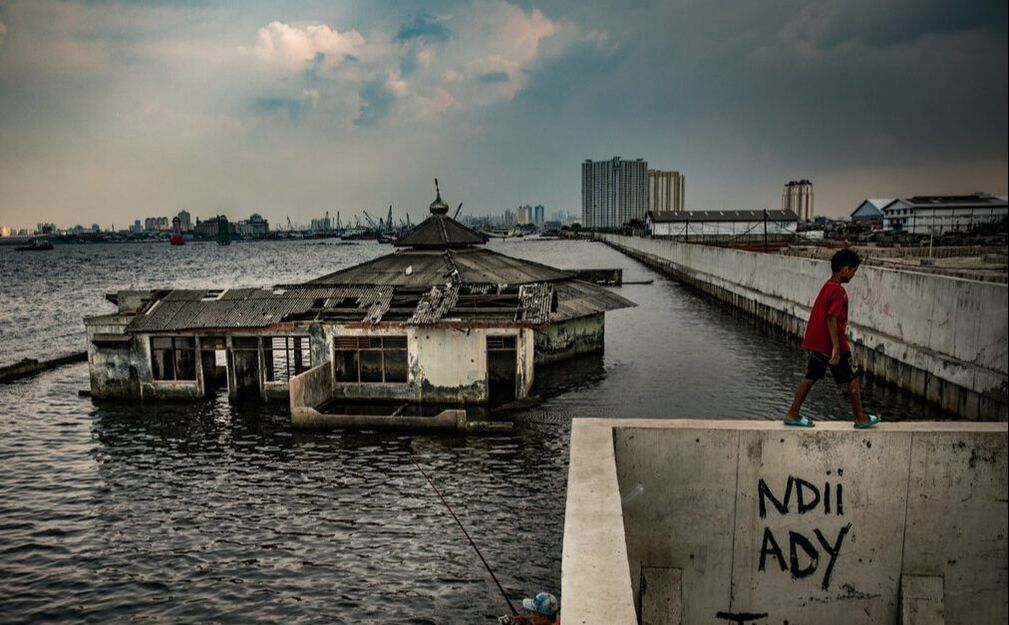
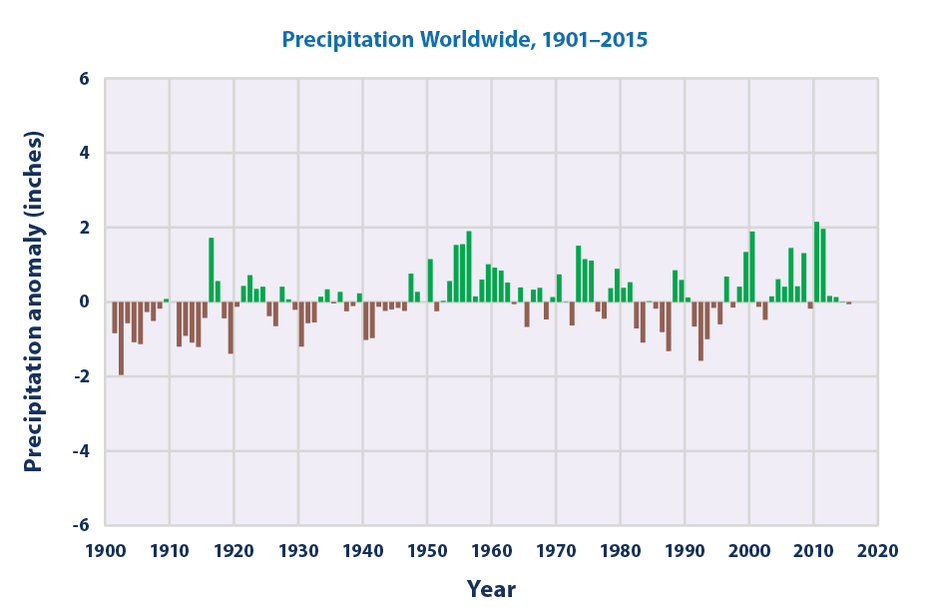
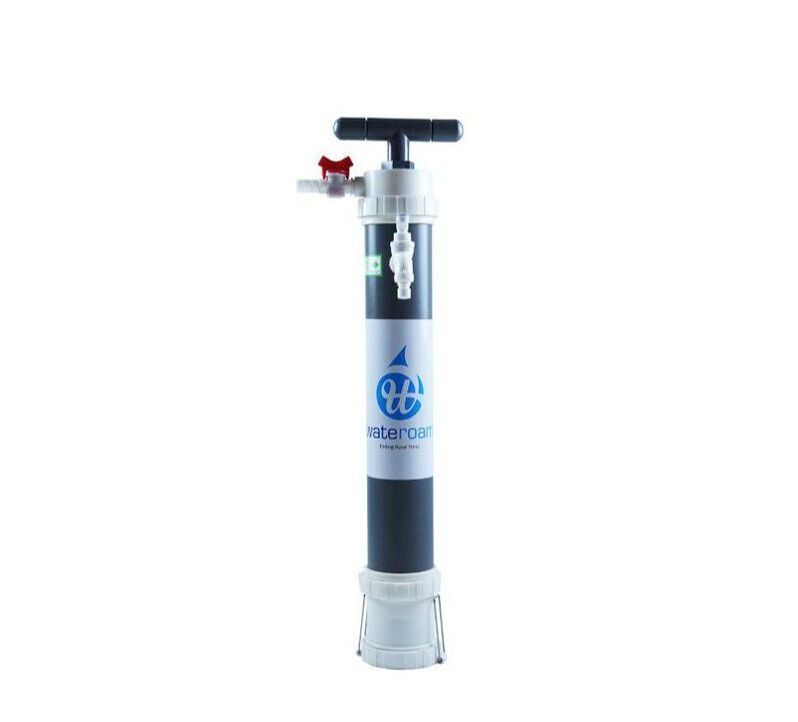
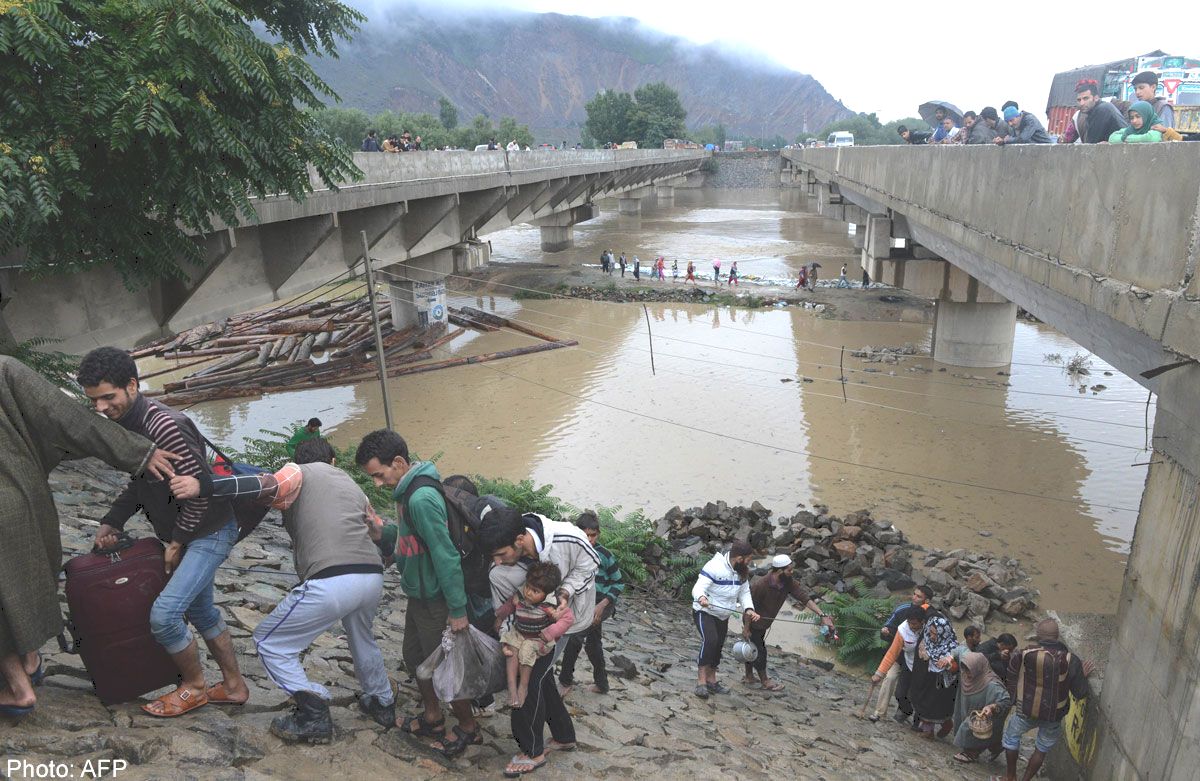
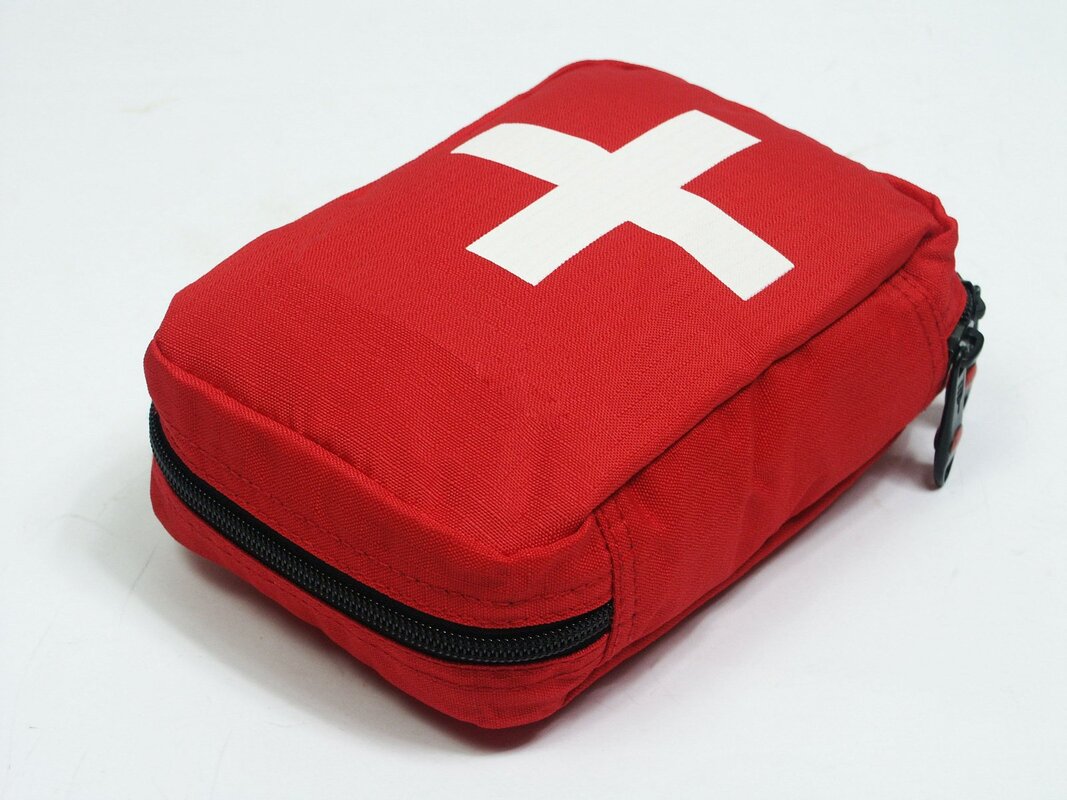
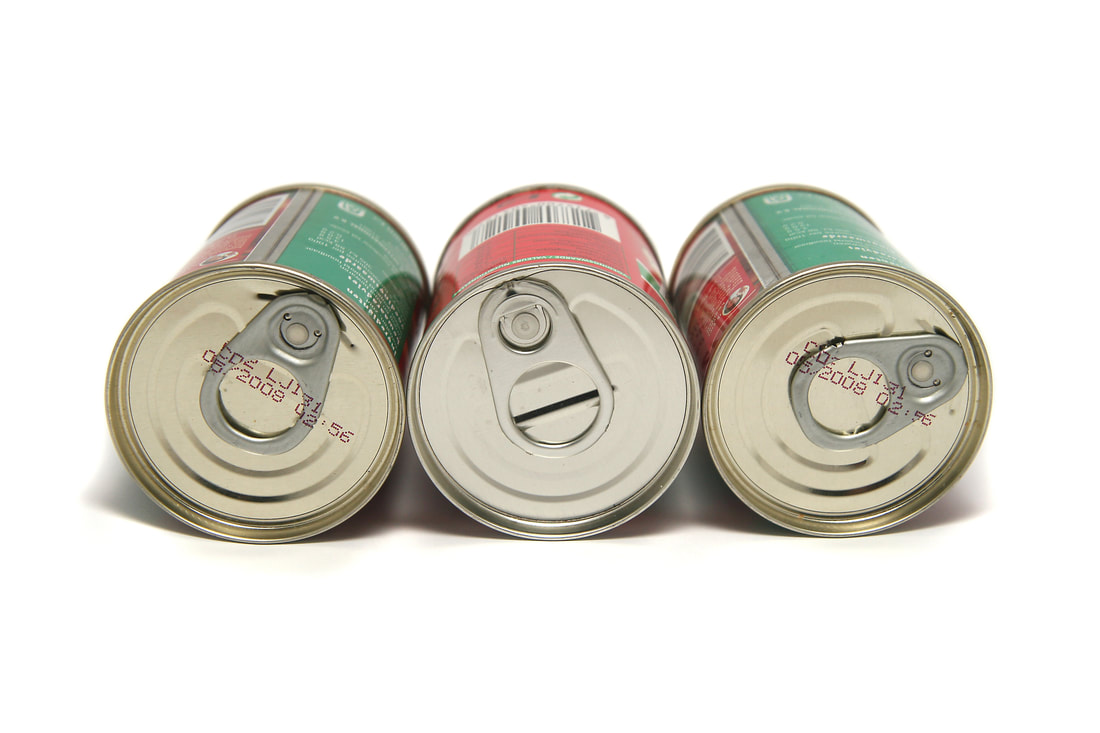


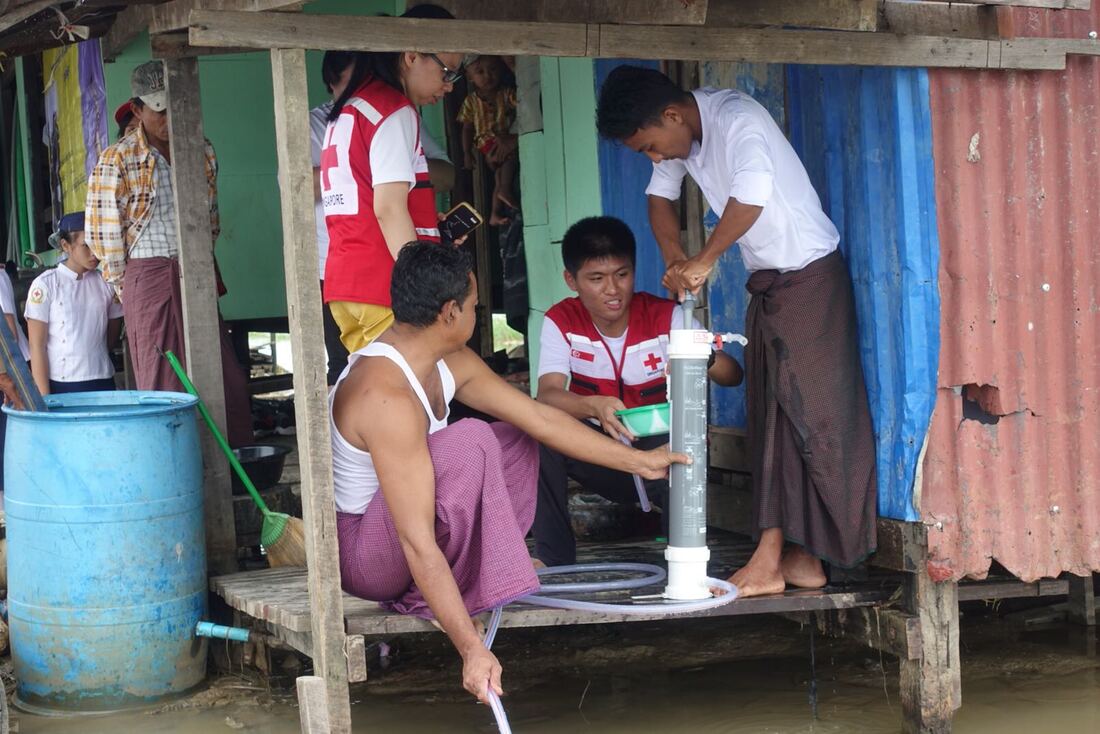
.jpg)